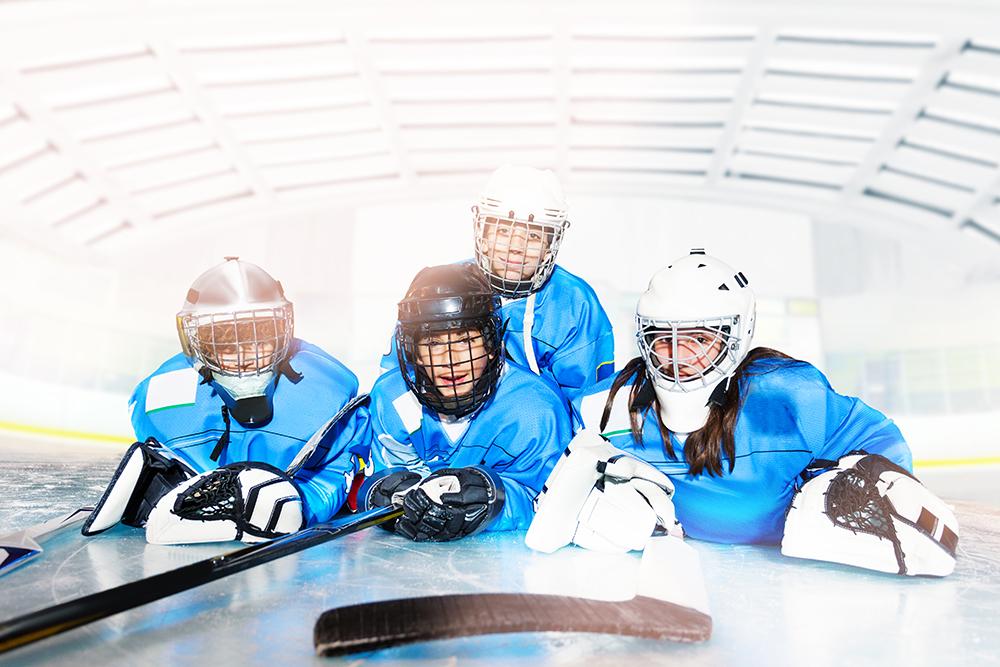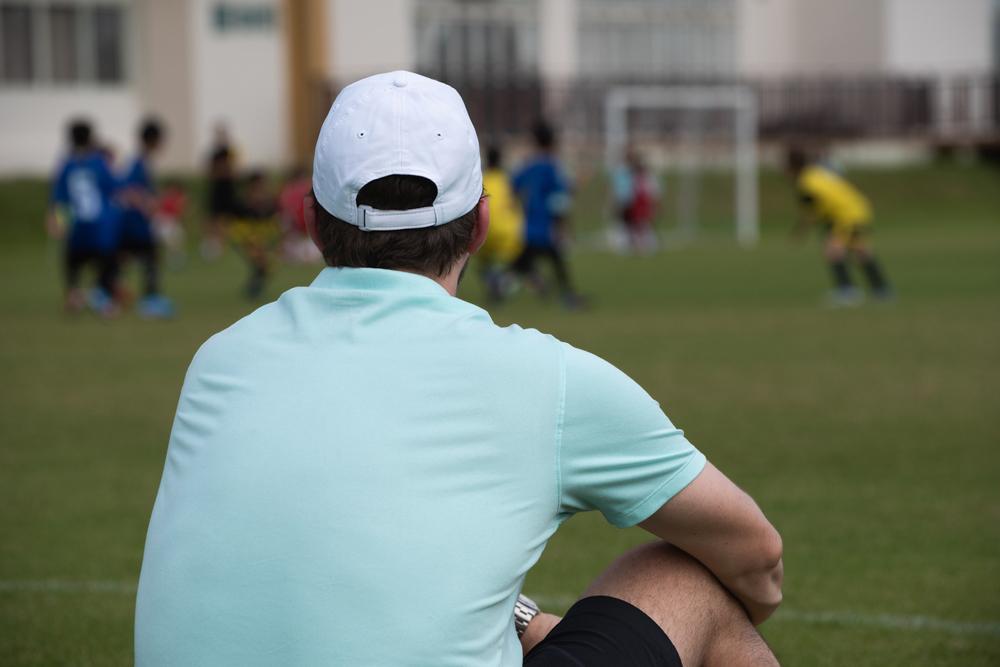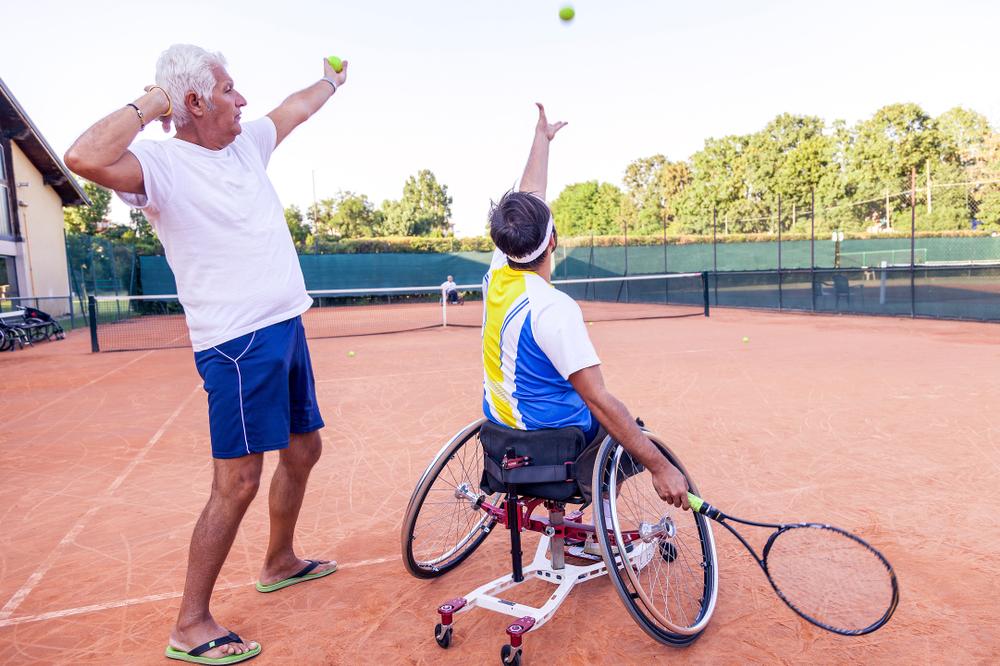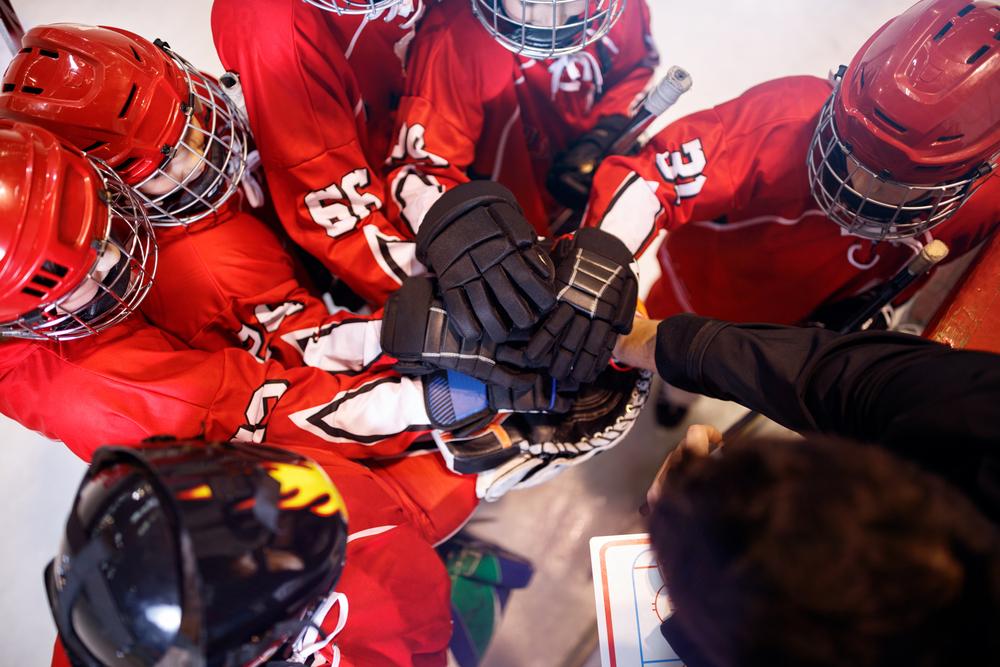There’s a lot going on when you’re on the sidelines of a youth sports practice or game, and sometimes parents—especially those new to youth sports— feel lost about how they can encourage teamwork and be a positive voice from the sideline.
1) Root For All The Athletes, Not Just Yours
 Just as you can pick out your son or daughter’s voice in a crowded room, your child can recognize your voice from anywhere on the field or court. Obviously you’re going to cheer for your own, but also cheer for the other players on the team, both generally and by name.
Just as you can pick out your son or daughter’s voice in a crowded room, your child can recognize your voice from anywhere on the field or court. Obviously you’re going to cheer for your own, but also cheer for the other players on the team, both generally and by name.
We frequently tell our children we’re there to support the whole team. However, when your voice is solely directed at them during a game, it reinforces the idea they are the only one you are watching and cheering for. To encourage your young player to see themselves as a valuable part of a larger team, it helps them to see that you value the whole team, too.
2) Cheer About Teamwork
It’s easy to praise great individual efforts or dramatic moments like a shot on goal, drive down the lane, or fantastic catch. What is harder, and less common, is to loudly cheer for great displays of teamwork. Cheer for great passes and displays of skills that you know came from deliberate practice. This is also a way to cheer for athletes that are more role players and are likely to have those singular dramatic moments.
Bill Walton, the NBA Hall of Fame basketball player, was an expert in passing and getting the ball to the players in position to score. Assists and great defensive play are just as worthy of praise and cheers as goals. Cheering specifically for displays of teamwork helps youth sports athletes recognize their efforts have been noticed.
3) Turn Down The Pressure
When Mom and Dad are in the stands or on the sidelines, some youth athletes may feel pressure to perform for you. What they may think you want to see is them being the star, getting the goal, making a solo play. You can reset these expectations by turning down the pressure they feel. Before the game, help them understand you’re proud of them for playing the role they are expected to for the sake of the team.
Also talk about the positive things the team is doing and how your young player is contributing to that effort. Try to avoid what you may see as constructive criticism about how they could do better in their next game, as this only adds to the pressure they feel to perform for you.
4) Congratulate The Entire Team, Not Just Your Player
After the game is over, make an effort to engage other players in addition to your own. Again, this reinforces the idea you are there to support the team —just as your young player is—rather than being at the game solely to watch one player.
Distributing praise is also helpful for the other players, as it helps them see that their efforts were noticed by more than just their own parents.
5) Either Be The Team Parent, Or Support The Team Parent
Many scholastic or league sports teams have a “Team Parent” who helps the coach and team with logistical support, organizing apparel orders, photos, snack schedules, and communicating information to parents.
This role is an example of adult teamwork in action, and whether you are the team parent or supportive of that person, it shows your young athlete you are engaged with the entire team.
—
As one of the main values parents hope their children learn from youth sports, it’s important to reinforce and encourage teamwork from multiple angles, including from coaches, parents, and other teammates.



